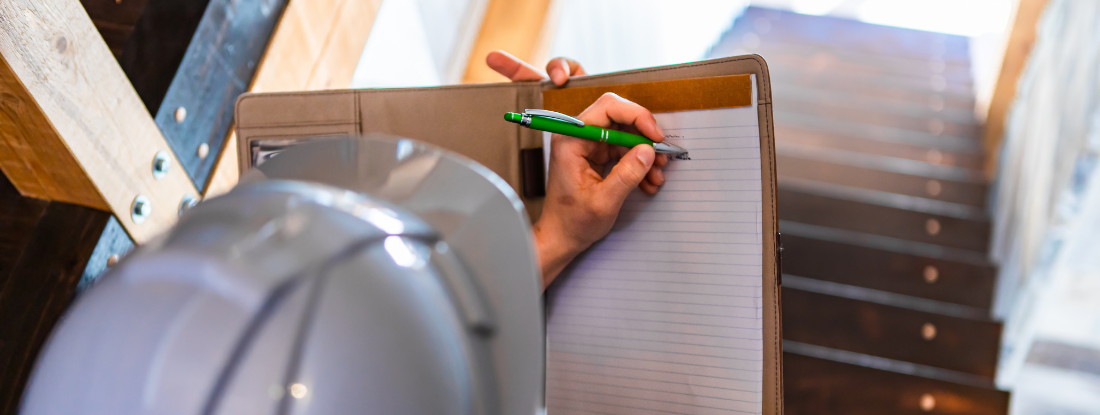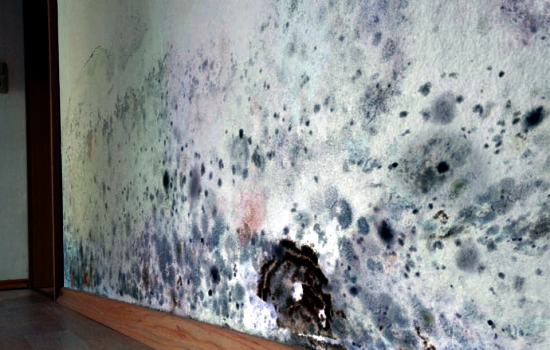Testing Air Quality After Mold Remediation
Wiki Article
Trick Steps for Effective Post Mold Removal
Efficiently completing mold and mildew removal is a diverse procedure that calls for focus to information and adherence to particular methods. These actions not only validate the success of the removal initiatives yet likewise contribute to protecting against future mold growth.Inspection of Treated Areas
Upon conclusion of the mold remediation process, a complete examination of the dealt with areas is important to make certain the performance of the removal efforts. This assessment offers as a critical action in the post-remediation phase to verify that the mold and mildew elimination and cleaning treatments achieved success in getting rid of the mold infestation and recovering a secure indoor atmosphere. The evaluation must be conducted by certified experts that have the experience to examine the remediated areas diligently.These include aesthetic evaluations to inspect for any indicators of mold and mildew growth or water damages, wetness levels to validate that the location is cost-free and completely dry of excess humidity that can advertise mold re-growth, and air quality testing to guarantee that the indoor air is risk-free to breathe. Additionally, the inspection might involve using specialized tools such as dampness meters and thermal imaging cams to spot hidden mold or dampness pockets that could lead to future mold and mildew problems if left uncontrolled.

Moisture Control Steps
Reliable wetness control procedures are crucial for protecting against mold and mildew development and preserving a healthy indoor setting. In addition, utilizing dehumidifiers in damp areas can help lower moisture levels, making it harder for mold to grow.Regularly evaluating and keeping the building's exterior can additionally stop wetness intrusion. Post Remediation verification. Ensuring that seamless gutters are clear, downspouts direct water far from the foundation, and the roof remains in good problem can assist prevent water from permeating into the structure. Correctly securing doors and windows can additionally aid keep moisture out
In instances where water damages occurs, punctual activity is required. Any kind of spills or leaks must be cleaned and dried out within 24-48 hours to avoid mold and mildew development. Using wetness meters can aid find covert resources of water and ensure detailed drying out. By carrying out these moisture control procedures, the danger of mold and mildew persisting can be dramatically decreased, creating a much healthier indoor setting.
Appropriate Ventilation Evaluation
An integral facet of making sure a healthy interior atmosphere post mold and mildew remediation is conducting a detailed evaluation of the air flow system. Appropriate air flow analysis plays an important role in protecting against future mold development and preserving air quality within the damaged room.Furthermore, evaluating the ventilation system includes analyzing the distribution of air throughout the location to identify any areas of bad blood circulation where moisture and impurities can build up. Correct ventilation not just helps in regulating humidity levels however additionally aids in removing air-borne mold and mildew spores and various other toxins, thereby enhancing overall interior air quality. By attending to any kind of ventilation problems publish mold and mildew remediation, homeowner can produce a much healthier and extra comfortable environment for passengers while lowering the risk of mold re-infestation.
Cleaning and Sanitation Protocols
To make certain comprehensive mold remediation, careful adherence to details cleansing and disinfection protocols is imperative. Cleaning and disinfection procedures play a crucial duty in the post-mold removal phase to avoid the reoccurrence of mold and mildew development and ensure a risk-free and healthy and balanced environment. The primary step in this procedure is the removal of any visible mold growth utilizing proper cleaner and methods. It is necessary to make use of EPA-approved fungicides and disinfectants to successfully get rid of mold spores and avoid their regrowth.Furthermore, executing preventive procedures such as applying mold and mildew inhibitors and preserving proper ventilation can aid lessen the risk of future mold and mildew infestations. By adhering to strict cleansing and disinfection methods, building proprietors can ensure the effective eradication of mold and mildew and create a healthy and balanced interior environment for owners.
Monitoring and Maintenance Strategy
Implementing a regular surveillance and upkeep plan is necessary for making sure the long-lasting effectiveness of mold and mildew removal efforts. Once mold and mildew removal is completed, it is essential to develop a surveillance routine to assess the success of the removal procedure.Additionally, developing an upkeep strategy is crucial to preventing future mold and mildew concerns. Routine upkeep not only assists in protecting against mold however additionally contributes Post Remediation verification to preserving a healthy and balanced indoor atmosphere - Post Mold Remediation.
Conclusion
In final thought, successful message mold remediation involves comprehensive evaluation of treated areas, implementation of dampness control actions, analysis of correct ventilation, adherence to cleaning and disinfection methods, and facility of a tracking and maintenance plan. These key actions are vital to ensure that mold and mildew development is successfully gotten rid of and avoided from repeating in the future. By following these standards, property proprietors can keep a healthy and balanced and risk-free atmosphere for occupants.Upon conclusion of the mold and mildew remediation procedure, a detailed assessment of the treated locations is necessary to make sure the effectiveness of the removal efforts. These consist of aesthetic assessments to examine for any type of signs of mold and mildew growth or water damages, wetness levels to verify that the area is completely dry and complimentary of excess moisture that might advertise mold re-growth, and air quality screening to make sure that the indoor air is secure to take a breath. Additionally, the inspection might involve making use of specialized tools such as moisture meters and thermal imaging cams to spot surprise mold or dampness pockets that might lead to future mold troubles if left uncontrolled. By addressing any air flow concerns upload mold remediation, property proprietors can create a healthier and a lot more comfortable atmosphere for occupants while decreasing the threat of mold and mildew re-infestation.

Report this wiki page